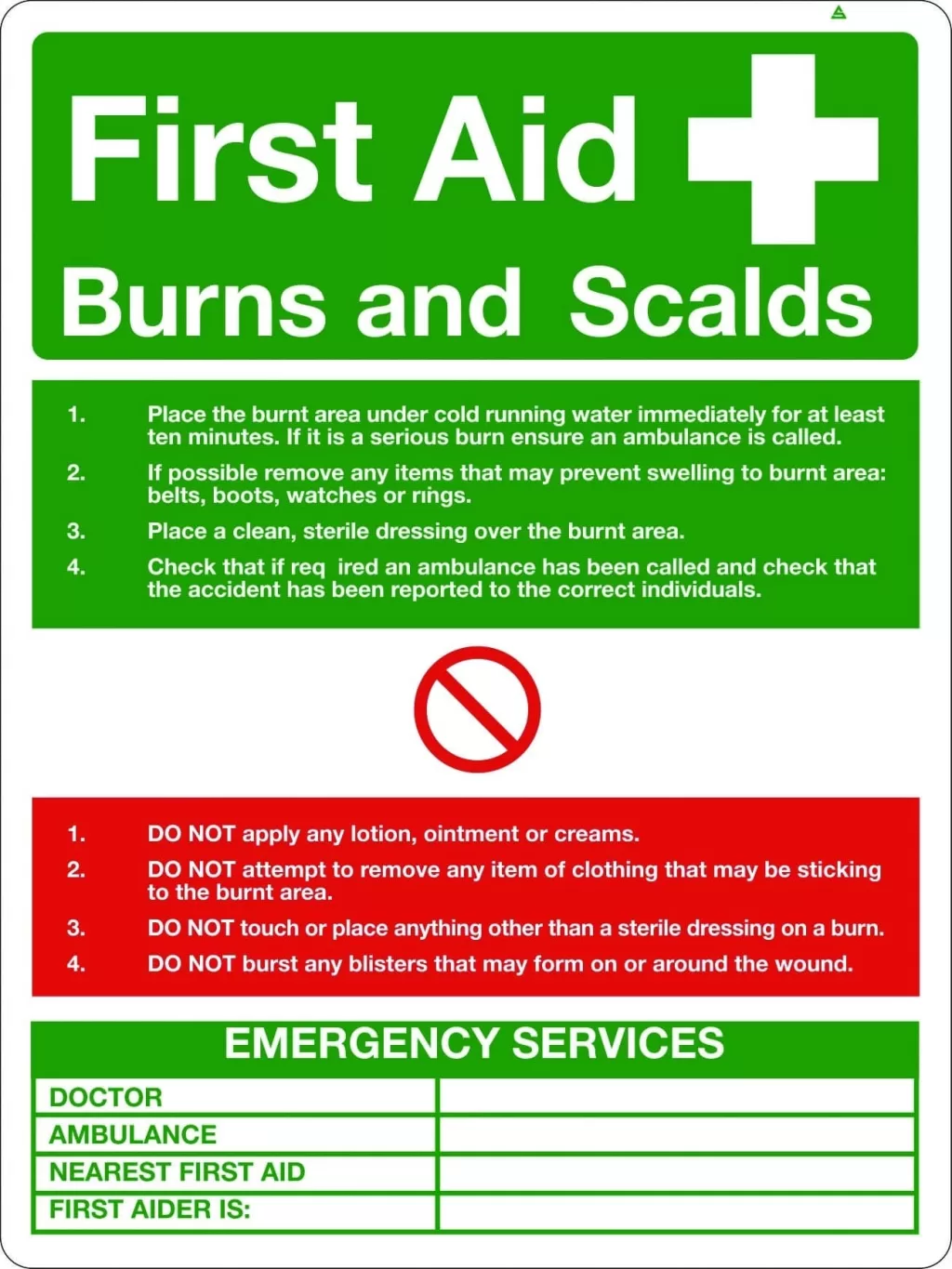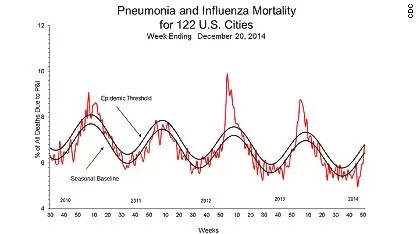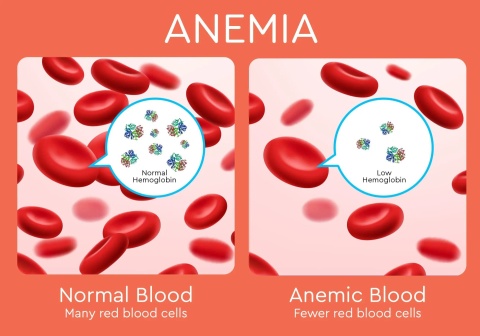Burns and scalds first aid is a crucial skill set that everyone should acquire, especially considering the prevalence of burn injuries in everyday life. These unfortunate incidents can stem from a variety of sources, including kitchen mishaps or exposure to flames. Understanding how to administer first aid for burns can make a significant difference in minimizing pain and preventing lasting damage. In this article, we will delve into effective burn treatment techniques, including the critical steps in assessing burn severity and providing prompt care. By equipping yourself with essential first aid tips, you can confidently respond to burns and scalds, ensuring a safer environment for yourself and others.
First aid for burns and scalds encompasses a range of emergency responses designed to alleviate suffering and promote healing. Whether you refer to them as thermal injuries, fire-related injuries, or hot liquid burns, knowing how to react appropriately can save lives. This article will guide you through vital care methods tailored to different types of burns, helping you recognize the signs and determine the right course of action. From cooling techniques to severity assessments, being adept at these lifesaving practices is essential for anyone, especially those frequently in potentially hazardous settings. Join us as we explore the critical components of effective scald care, ensuring you’re prepared for any burn-related incident.
Essential First Aid Techniques for Burns and Scalds
Knowing essential first aid techniques for burns and scalds can significantly affect the outcome of an injury. The first step in effective burn treatment is immediate cooling. This means placing the burn under cool running water for at least 10 minutes immediately after the injury to alleviate pain and reduce the temperature of the skin. For smaller burns that don’t require a rush to the hospital, this simple technique can help reduce inflammation and start the healing process. Remember, for second-degree burns or higher, immediate cooling can help prevent further damage.
Additionally, it’s crucial to recognize that not all burns are created equal. Understanding the varying degrees of burn severity—ranging from first-degree burns that heal without much intervention to life-threatening third-degree burns—can guide your first aid response. For instance, while first-degree burns may be treated at home, second-degree burns might require medical attention, especially if blisters are present. Third-degree burns are emergencies that need healthcare professionals immediately to prevent long-term damage.
Assessing Burn Severity: A Critical Step in First Aid
Assessing burn severity is a critical step in providing appropriate first aid for burns and scalds. Knowing whether a burn is first, second, or third-degree will shape your response and care strategies. First-degree burns typically present with redness and minor swelling but can be treated effectively at home. Taking time to evaluate this can prevent unnecessary hospital visits and help focus attention on serious cases.
For second-degree burns, the presence of blisters indicates a deeper level of injury, requiring a careful assessment of the injury extent. If the burn covers a large area, or if you are uncertain about its severity, it’s always safer to seek professional medical treatment. In contrast, for third-degree burns, immediate action is crucial. Recognizing the need for emergency services and avoiding self-treatment can significantly increase the chances of recovery and prevent complications.
Common Mistakes to Avoid When Treating Burns
When administering first aid for burns, it’s paramount to avoid common mistakes that can worsen the injury. For example, many people think it’s effective to apply ice directly on the burn. However, ice can cause further damage to the skin and worsen the injury, leading to more severe pain and complications. Instead, always opt for cool running water for immediate relief.
Another common mistake is the application of ointments or butters. While well-meaning, these substances may trap heat in the skin and increase the risk of infection. It’s important to clarify that blisters should not be popped; doing so exposes the wound to bacteria. Familiarizing oneself with these harmful practices can ensure that the provided care leads to better recovery outcomes.
Effective Treatment Strategies for Scalds from Hot Liquids
Scalds can often occur in kitchens where hot liquids are present. First aid for scalds closely resembles that for burns, emphasizing cooling as the initial step. It’s essential to cool the affected area with lukewarm water to mitigate pain and decrease further skin injury. Assessing the severity will guide the treatment; if the scald is severe, seeking medical advice is paramount.
Additionally, when treating scalds, remove any wet clothing or jewelry from the affected area if it is not adhered to the skin. Remember, delaying medical attention can lead to complications, so do not hesitate to call for help if the burn is extensive or if there are signs of infection such as increased redness or oozing.
Using Technology for Guidance on Burn Treatment Techniques
In the age of technology, leveraging mobile applications and online resources can greatly enhance your knowledge of burn treatment techniques. The American Red Cross offers a user-friendly mobile app that provides instant instructions on how to manage burns and other first aid emergencies. This accessibility can be particularly beneficial during the moments following an injury when nerves run high.
Moreover, resources from organizations like the British Red Cross can supplement your first aid knowledge with comprehensive guides and video tutorials. These resources delve into detailed aspects of burned care, including strategies for assessing burn severity and effective treatment methods. By utilizing these tools, individuals can increase their preparedness for emergencies and improve their confidence in providing effective care during critical situations.
Frequently Asked Questions
What are the essential first aid techniques for burns and scalds?
The essential first aid techniques for burns and scalds include immediate cooling of the affected area under cool running water for at least 10 minutes, assessing the severity of the burn, and avoiding harmful practices such as applying ice or home remedies. For chemical burns, rinse the area thoroughly with water for at least 15 minutes before seeking medical attention.
How do I assess the severity of a burn when providing first aid for burns?
To assess burn severity during first aid for burns, classify them as follows: First-degree burns affect only the outer skin layer and usually heal without intervention. Second-degree burns extend deeper and may require medical assistance if blisters are extensive. Third-degree burns are severe and require immediate emergency care.
What should I do immediately after a scald from hot liquids?
For first aid in scald care, immediately cool the affected area under cool running water for at least 10 minutes. Ensure to remove wet clothing or jewelry if not stuck to the skin. If the burn is severe, seek professional medical help right away.
Can I use ointments or creams on burns after following first aid tips?
No, you should avoid applying ointments, creams, or home remedies to burns and scalds unless advised by a medical professional. These substances can exacerbate the injury or lead to infection, especially in open wounds.
Why is it important to avoid ice on burns during burn treatment techniques?
Avoiding ice during burn treatment techniques is crucial because ice can cause additional skin damage and worsen the injury. Instead, use cool running water to effectively reduce pain and inflammation while preserving skin integrity.
| Type of Burn | Description | First Aid Response |
|---|---|---|
| First-Degree Burns | Minor burns that affect the outer layer of skin, characterized by redness and mild pain. Usually heals in a week. | Hold under cool running water for at least 10 minutes; usually treat at home. |
| Second-Degree Burns | Burns affecting deeper layers of skin with blistering and severe pain; longer healing time. | Cool under running water, assess severity; seek medical help if blisters are extensive. |
| Third-Degree Burns | Most severe burns damaging deeper tissues; often affects nerves. Requires immediate medical attention. | Call emergency services immediately; do not attempt to self-treat. |
Summary
Burns and scalds first aid is crucial knowledge for everyone, as it can significantly impact recovery and outcomes in emergencies. Understanding the types of burns, from first-degree to third-degree, allows individuals to react appropriately based on severity. Immediate cooling is a vital first step that helps alleviate pain and reduces the risk of further damage. Importantly, avoiding common misconceptions and harmful practices can prevent complications. For severe cases, such as third-degree burns, seeking professional medical attention is essential. With accessible first aid resources from organizations like the American Red Cross or British Red Cross, anyone can be prepared to provide effective care in burn emergencies.
The content provided on this blog (e.g., symptom descriptions, health tips, or general advice) is for informational purposes only and is not a substitute for professional medical advice, diagnosis, or treatment. Always seek the guidance of your physician or other qualified healthcare provider with any questions you may have regarding a medical condition. Never disregard professional medical advice or delay seeking it because of something you have read on this website. If you believe you may have a medical emergency, call your doctor or emergency services immediately. Reliance on any information provided by this blog is solely at your own risk.







